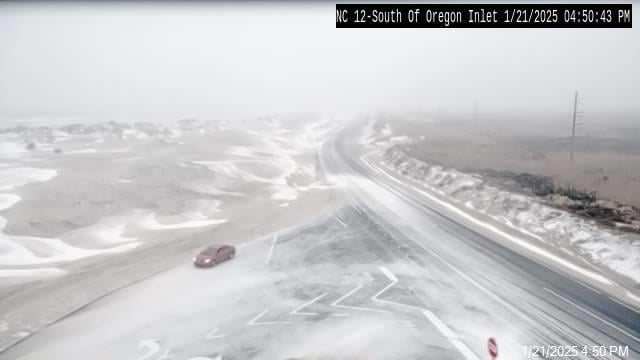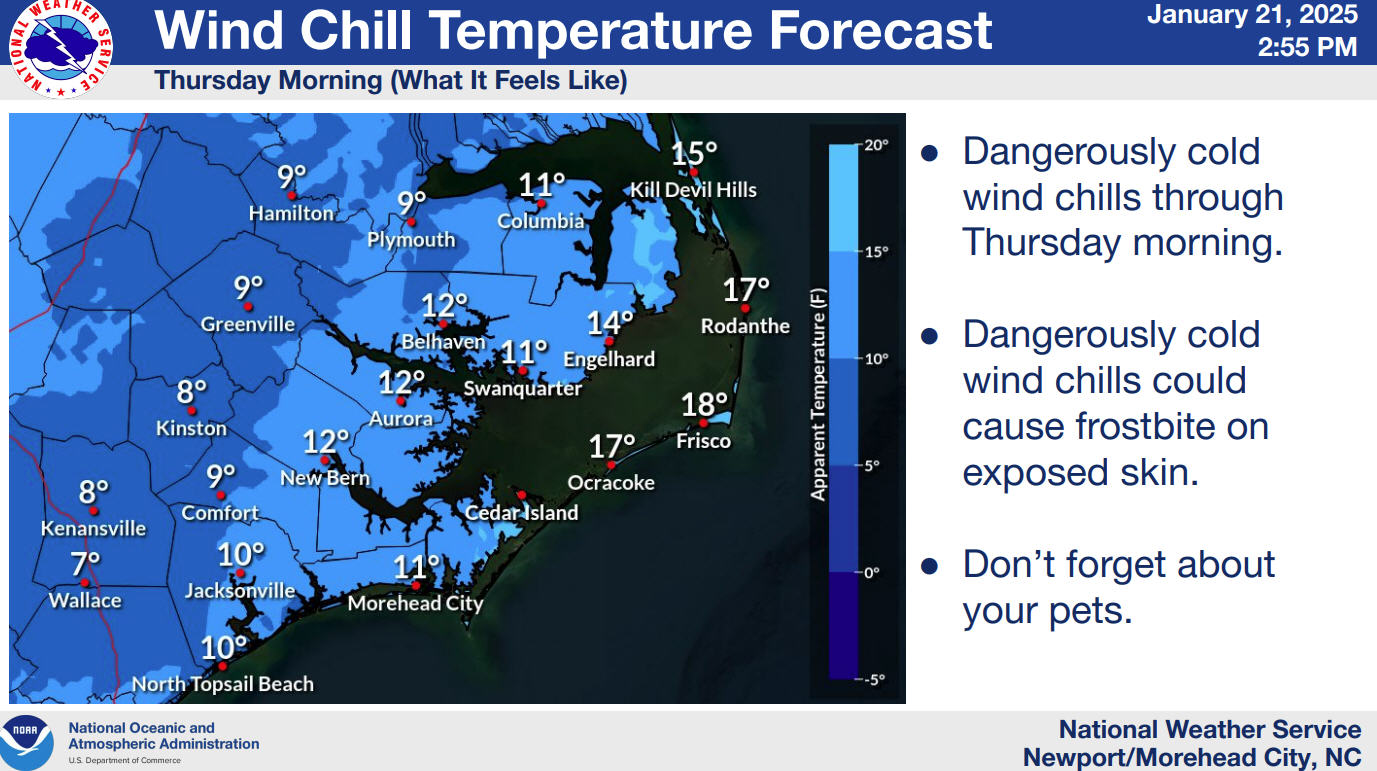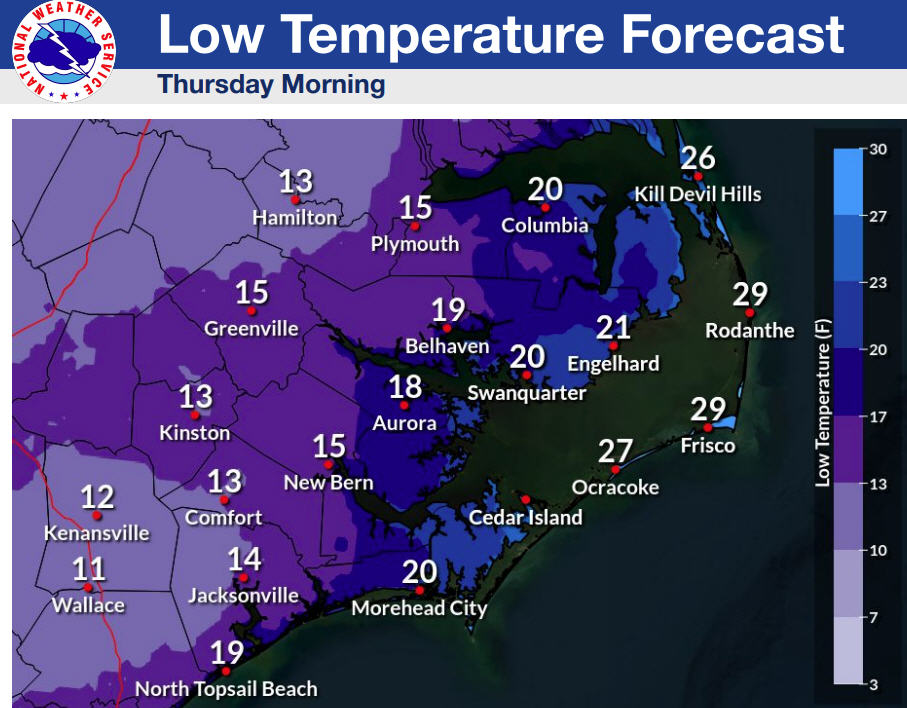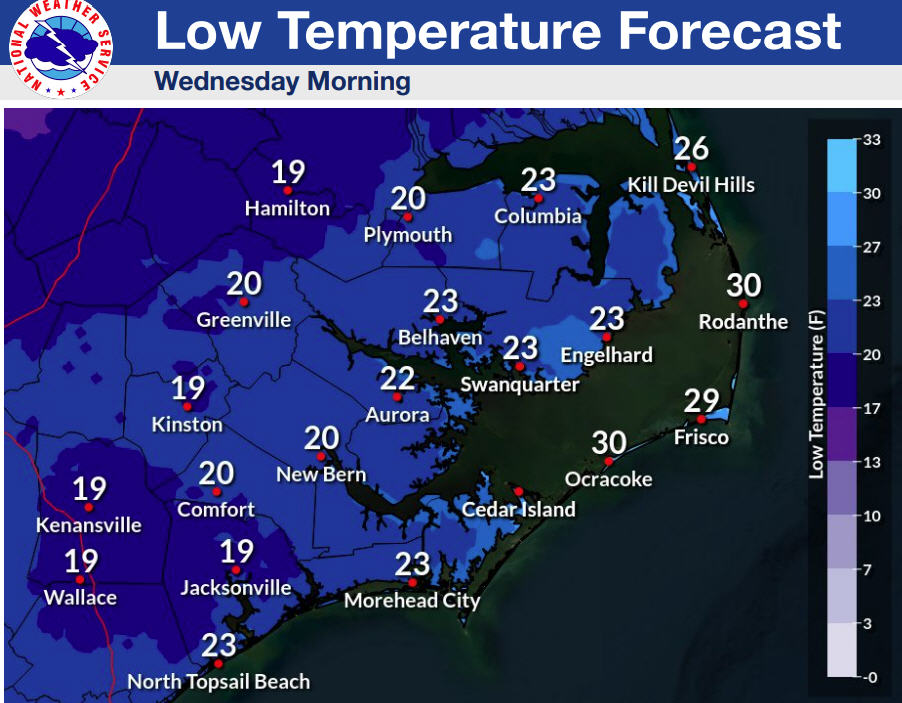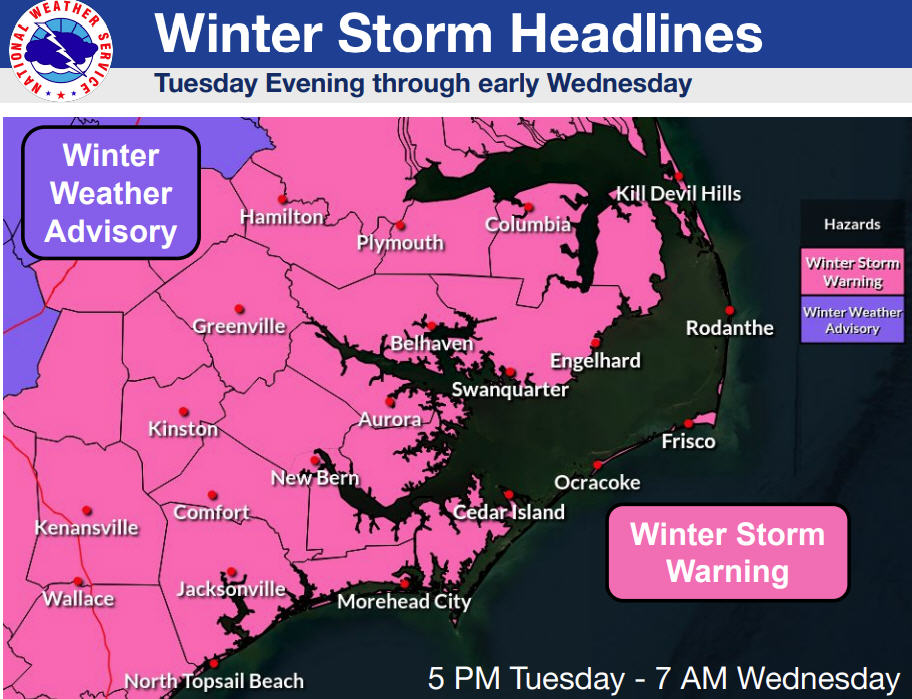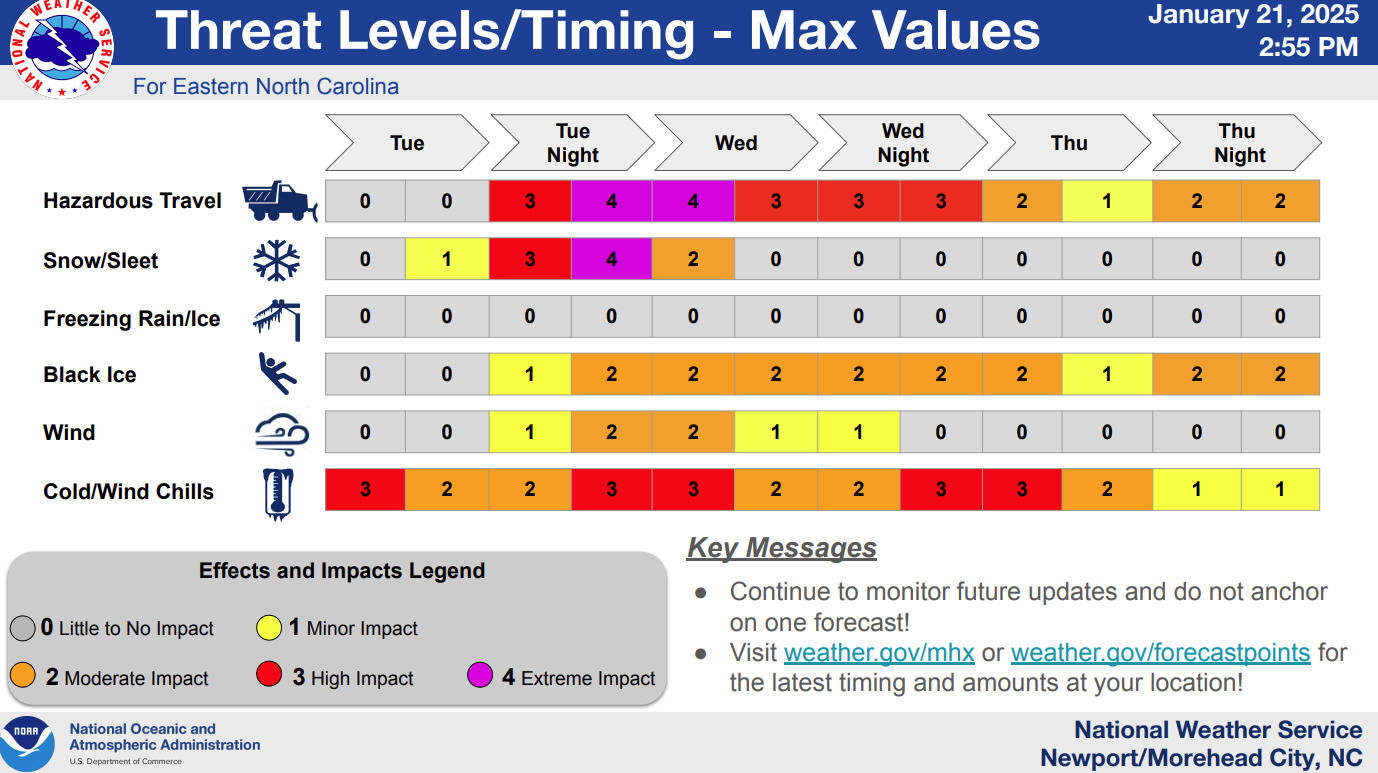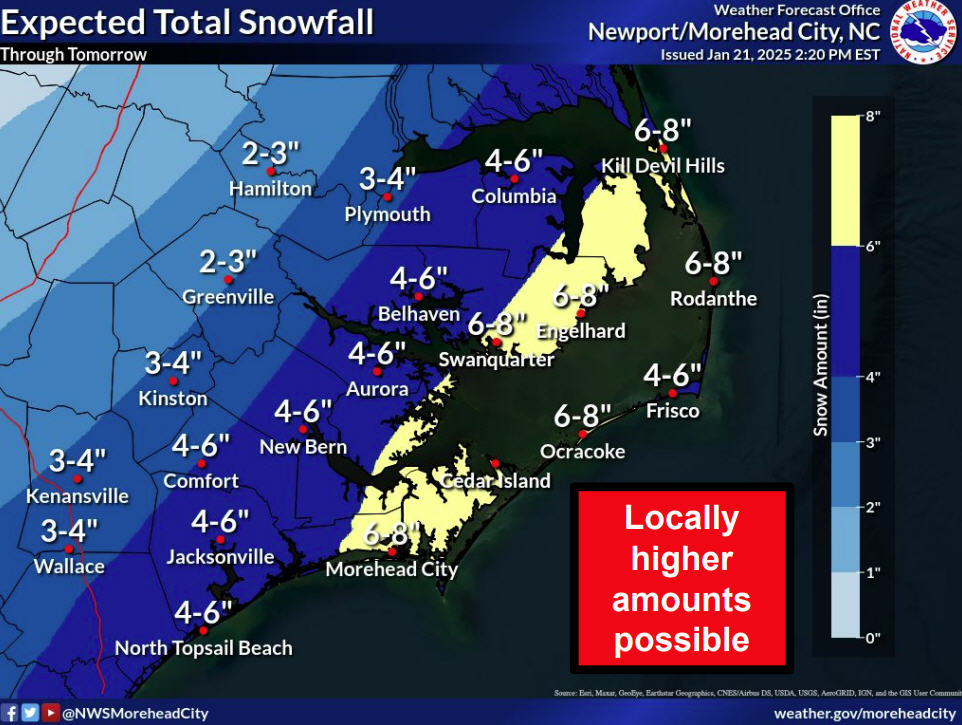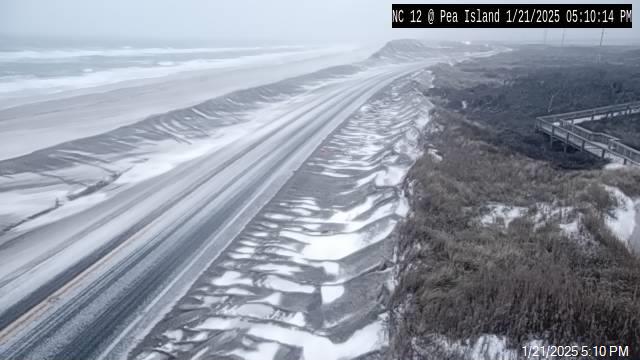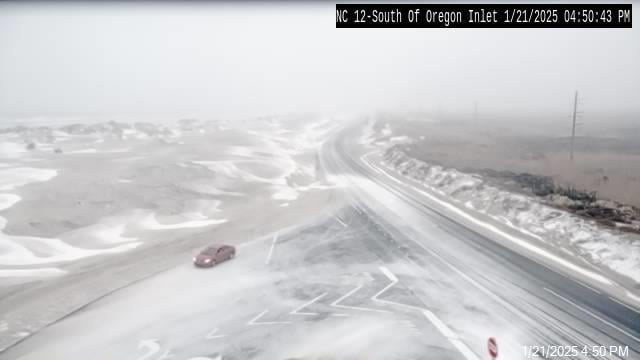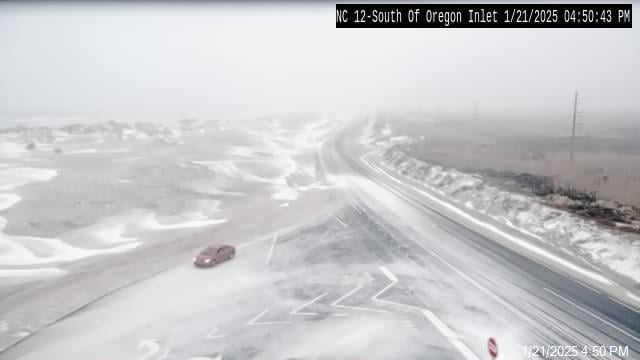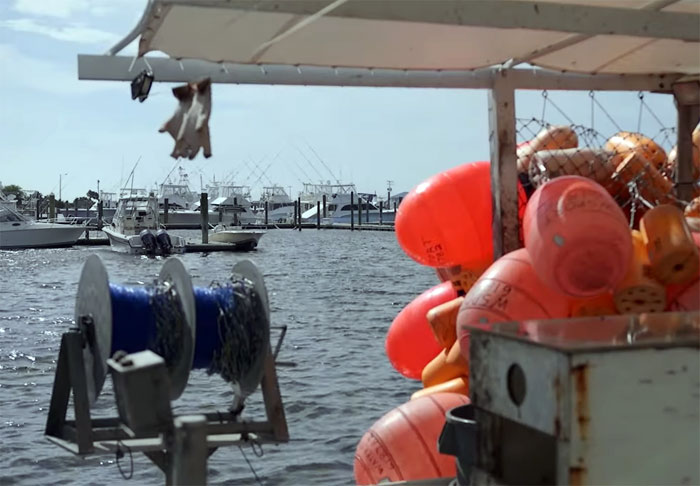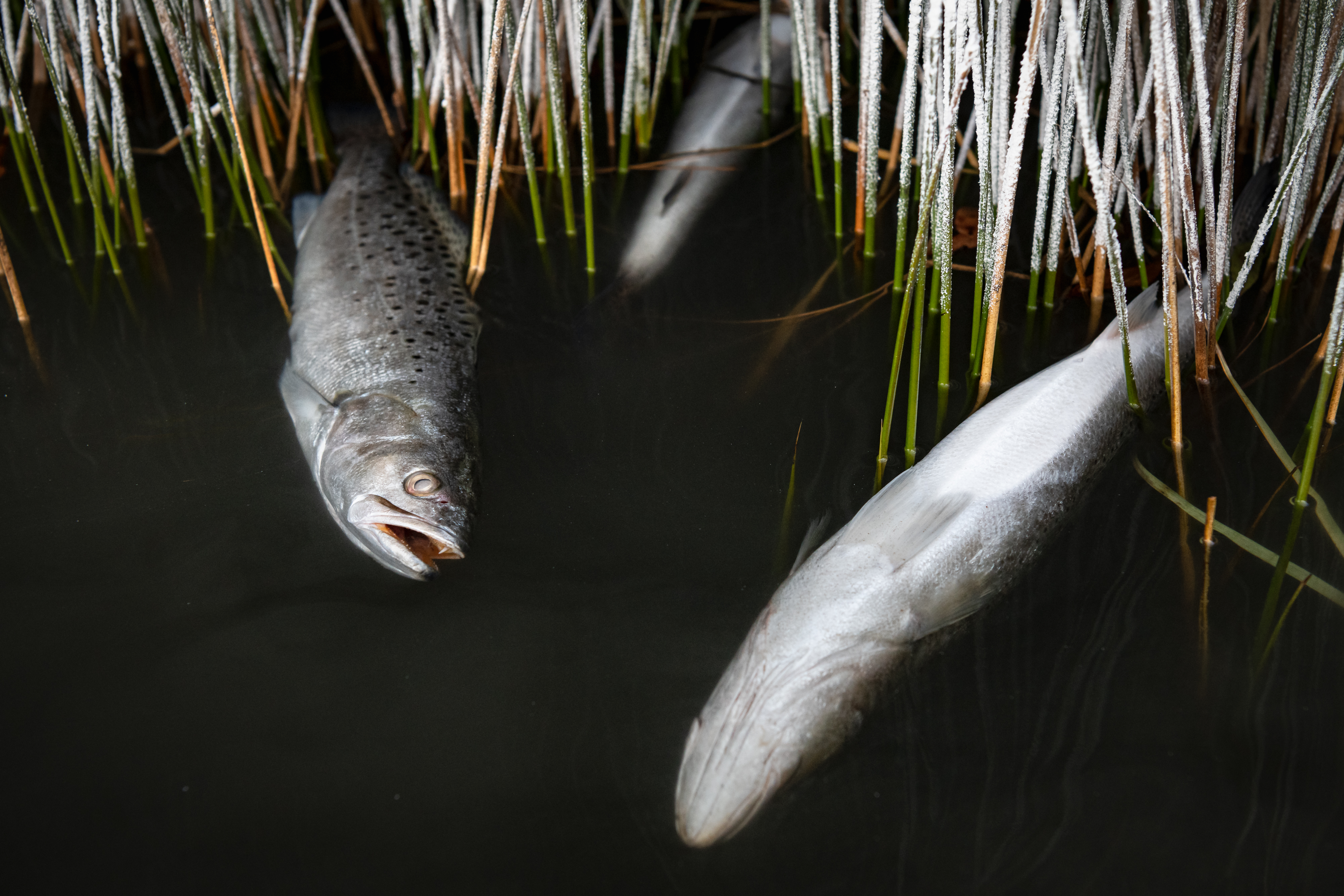Happy New Year! An Inside Look at Wintertime Fishing
All the weather forecasters have predicted a cold winter. We just survived a blizzard, and the temperatures are supposed to be below freezing for a week. That’s enough for me, but just like the fall, you never know what you’re gonna get. It seems like forever till spring, but three months will go by like a flash and I’ll switch back over to my preferred attire of shorts and a t-shirt.
Boat construction and repairs keep me out of the weather these days, but plenty of the guys are still out on the water trying to earn a paycheck.
Charter captains and mates take advantage of the downtime to tackle projects on their boats in preparation for the upcoming season, but there are still a few charters going out through the winter. Commercial fishermen don’t have downtime. They keep on rolling, simply changing net sizes and fishing tactics as the species of fish they target change.
Before the big blizzard, king mackerel fishing was still excellent, and charters continued to catch limits of fish on live bait. Blackfin tuna fishing should remain good throughout the winter, and anglers travel to Hatteras to target these tasty fighters on light tackle and vertical jigs. Yellowfin can be unpredictable, but it’s certainly not unusual for that bite to be on as well.
Bluefin tuna should be showing up any time, with charter fishermen and commercial fishermen both going after the giants.
Bluefin tuna is a fishery that is highly regulated and strictly managed. According to a designated quota, commercial and recreational limits can change. A fish kept recreationally must be under 73 inches fork length and a federal tuna permit is required – just like other tuna species – to possess. Normally one fish per boat, per day is the bag limit. A permit holder is, however, allowed to keep one larger Bluefin per year, as a trophy fish.
Commercially kept Bluefin must be 73 inches or greater, and the daily bag limit can be from one to three, depending on the current rules. These fish can yield a nice check for the fishermen. The value of the fish is determined by size, shape, fat content and quality. Supply and demand factors in, as with any commercial fishery. The more fish that have hit the market, the less demand.
The small mesh netters still target croakers and sea mullet this time of year. Many of the netters will switch over and start netting dog sharks. These horned, leathery fish don’t bring much money per pound, but are so plentiful that the fishermen can normally catch enough to make up the difference.
The activity on the beach slows down a little more, but you can find locals and visitors alike, casting into the rough water outside of the sloughs, in search of puppy drum. Fishing is usually pretty good if you know where to go. The fish seem to be rather lethargic, and often are snagged or foul hooked, rather than caught in the mouth. There are still speckled trout in the surf as well.
The sound has gotten quite cold now. Whatever fish haven’t exited into the ocean are moving very slow. Clams can still be found, but in most of the traditional places, have gotten deeper. After a freeze like we just had, it’s normal to hear about “cold stunned” turtles. These chilly reptiles struggle to survive the freeze while park rangers and others work tirelessly to save them.
It’s an interesting season to visit Hatteras Island. Whether you are taking out a charter or walking the vacant beaches, there are still opportunities to bend a pole and land your dinner. Also, don’t forget to thank a commercial fisherman!


